The Sahel Move – Analysis of Campaign Against IS
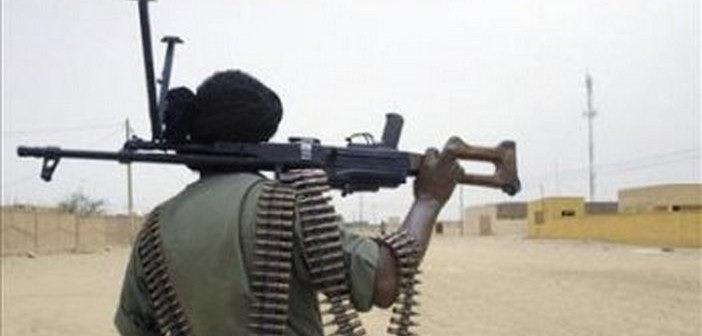
The area of operations in the campaign against IS/Daesh will be shifting to another theater and analysts have noticed snippets of where the shift will be moving towards.

The area of operations in the campaign against IS/Daesh will be shifting to another theater and analysts have noticed snippets of where the shift will be moving towards.
Active armed conflicts continues to ravage parts of Africa be it as a result of the state versus terrorist groups or infighting between political factions, a typical case of the latter being South Sudan.
Turkish President Erdogan recently suggested that Ankara might intervene militarily in Libya if requested by the government in Tripoli.
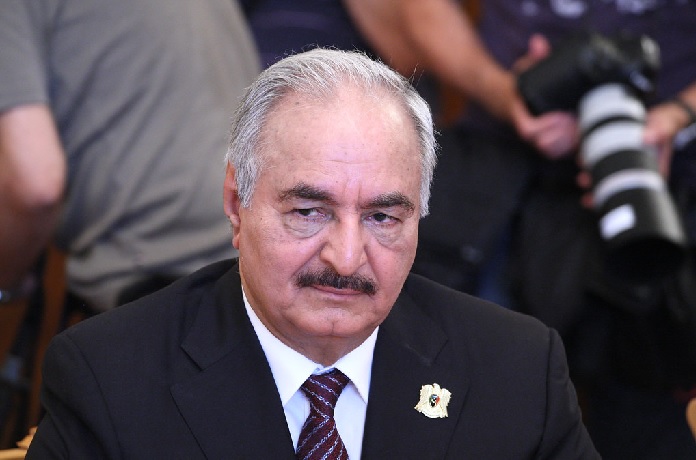
Turkey, which signed a military and economic accord with the Libyan government in November, could deprive Greece and the Greek Cypriots of large swaths of their oil and gas exploration areas and force Egypt and Israel to negotiate with Turkey over the construction of natural gas pipelines to Europe.
Turkish President Recep Tayyip Erdogan says Ankara will materialize its two agreements with the Libyan government on defense and maritime rights next year, a few days ahead of a parliament vote on deploying troops to the North African country.
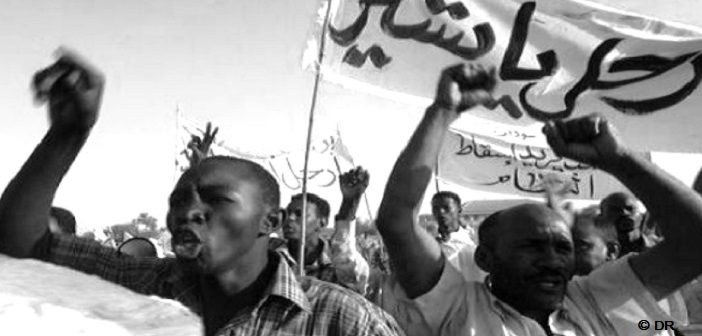
The ongoing civil protests in Sudan have brought up the authoritarian regime of Khartoum into irreversible inevitable decline. However, the escalation keeps on despite the brutality force being used by regime security forces which is unlikely able to stop things from where they departed—things are completely out of control.

One of the surprises so far in 2019 in a diplomatic sense has to be the reestablishment of ties between the State of Israel and Chad. From State Visits to formal ties to even the meeting that took place between the Ambassadors at the United Nations within the last 24 hours it is clear that some of these States in the Sahel are seeking new partners. Why is that?
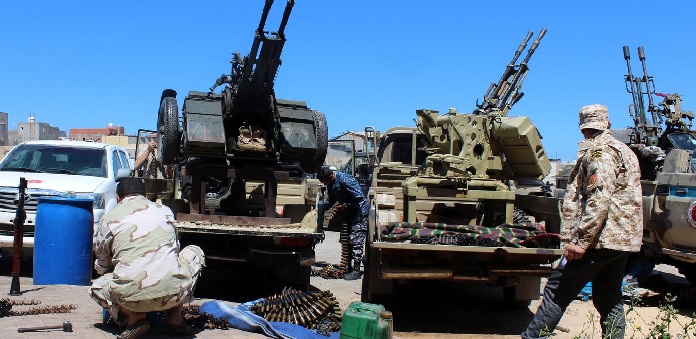
UAE withdrew the terrorists it supported from Yemen last month, and sent them to Libya to join Khalifa Haftar. Some local sources believe that Turkey has responded to this act by dispatching the terrorists it supported, aka Daesh and Al-Nusra Front from Syria to Yemen to help sustain the Libyan official government.
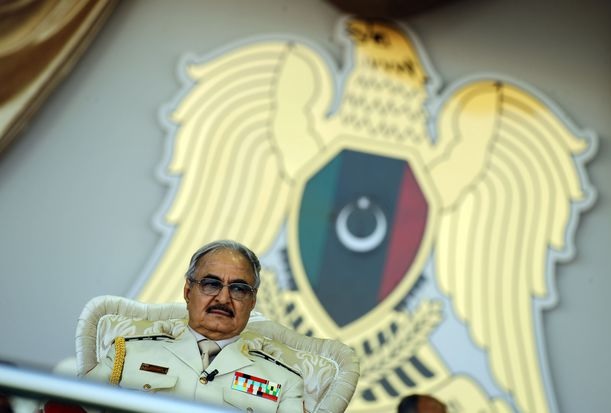
Libyan Government of national Accord forces announced the defeat of Khalifa Hafatr militants in three battle lines in Tripoli.
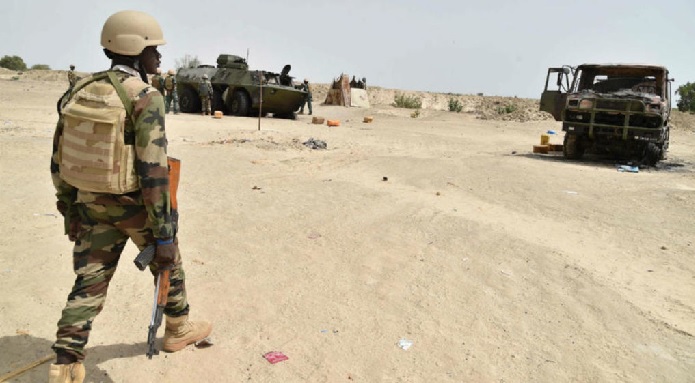
Les chefs d’États de la force régionale du G5 Sahel, réunis dimanche en sommet extraordinaire à Niamey, ont appelé à davantage de coopération mutuelle et internationale pour endiguer le péril djihadiste qui frappe de plus en plus violemment leurs pays.